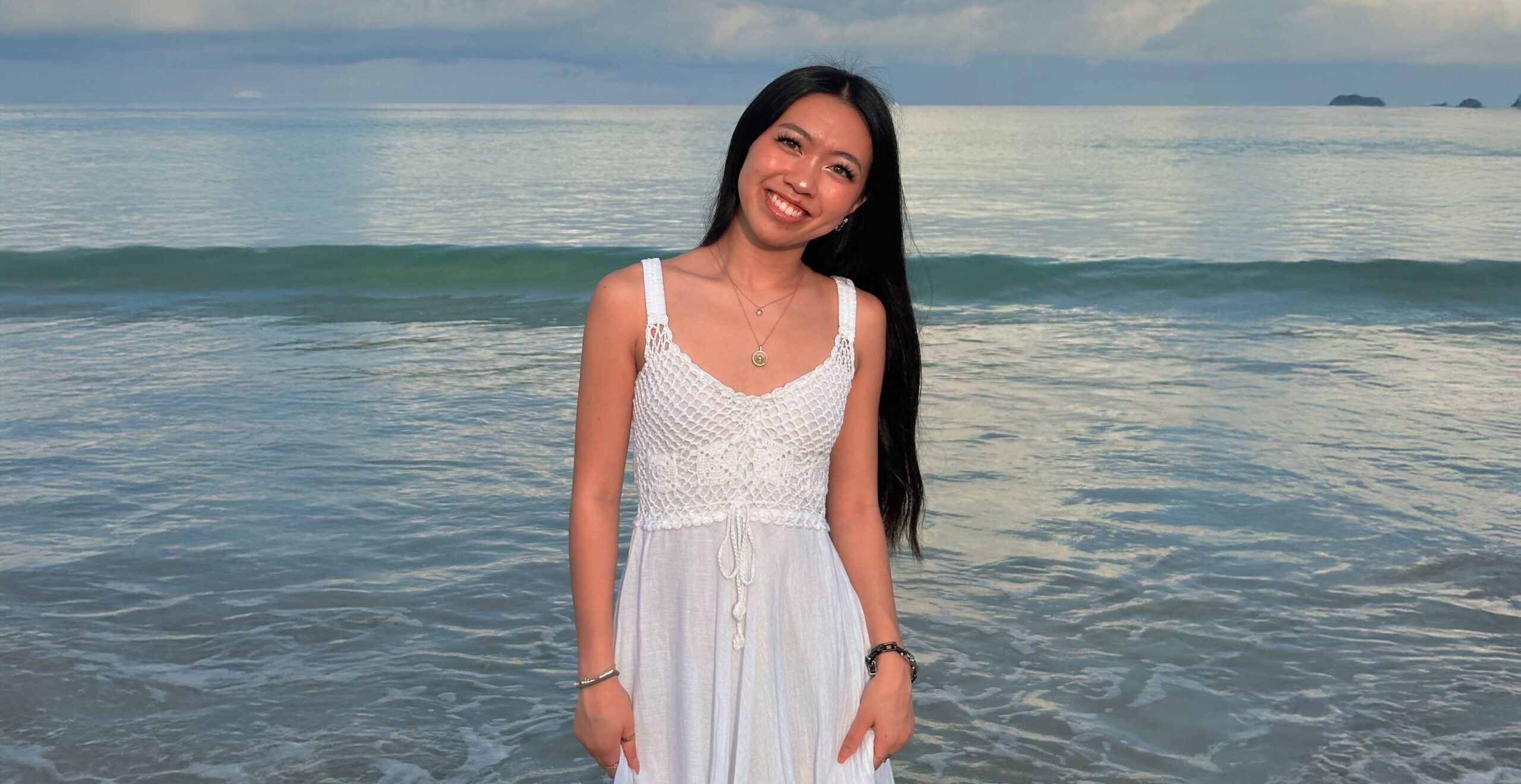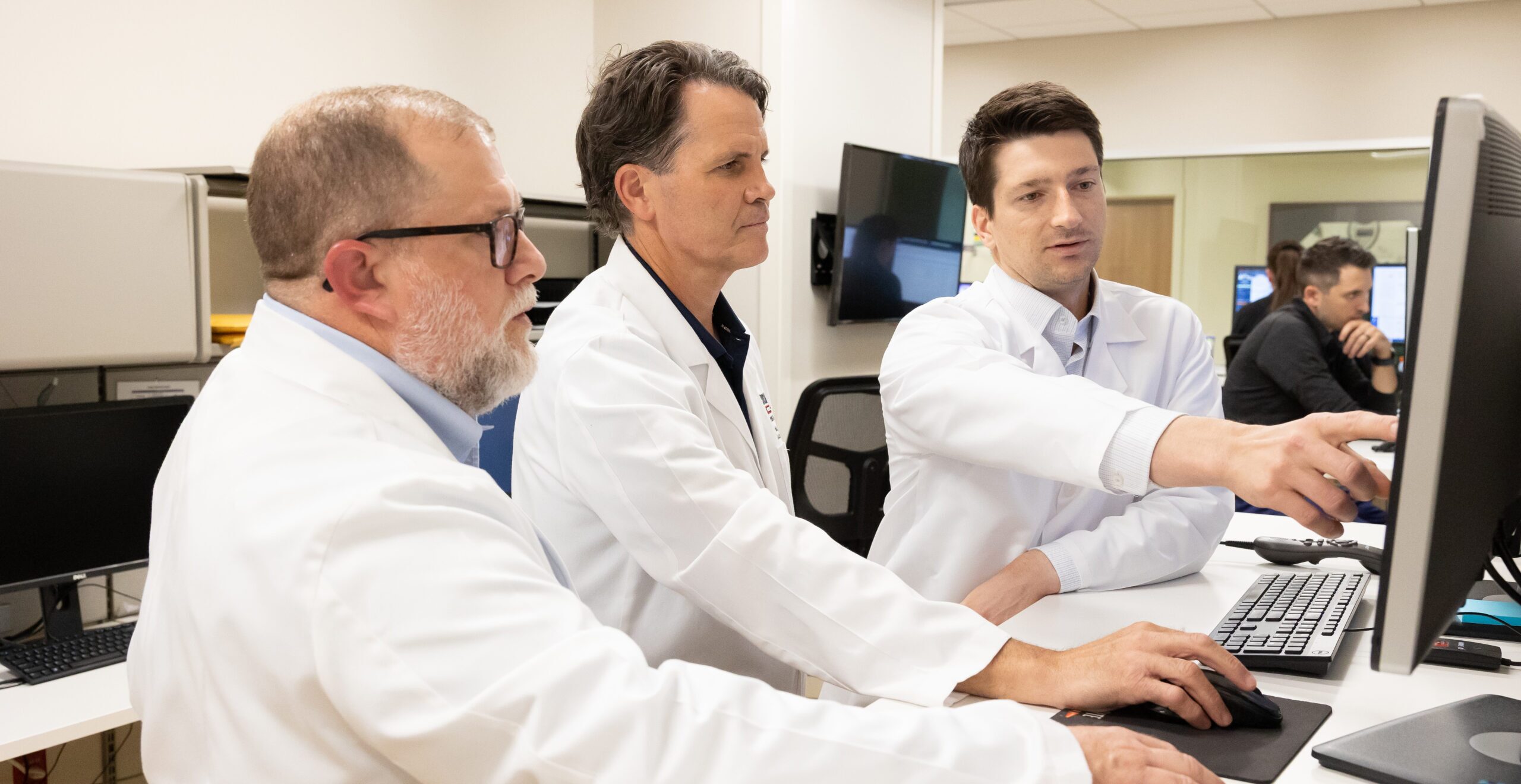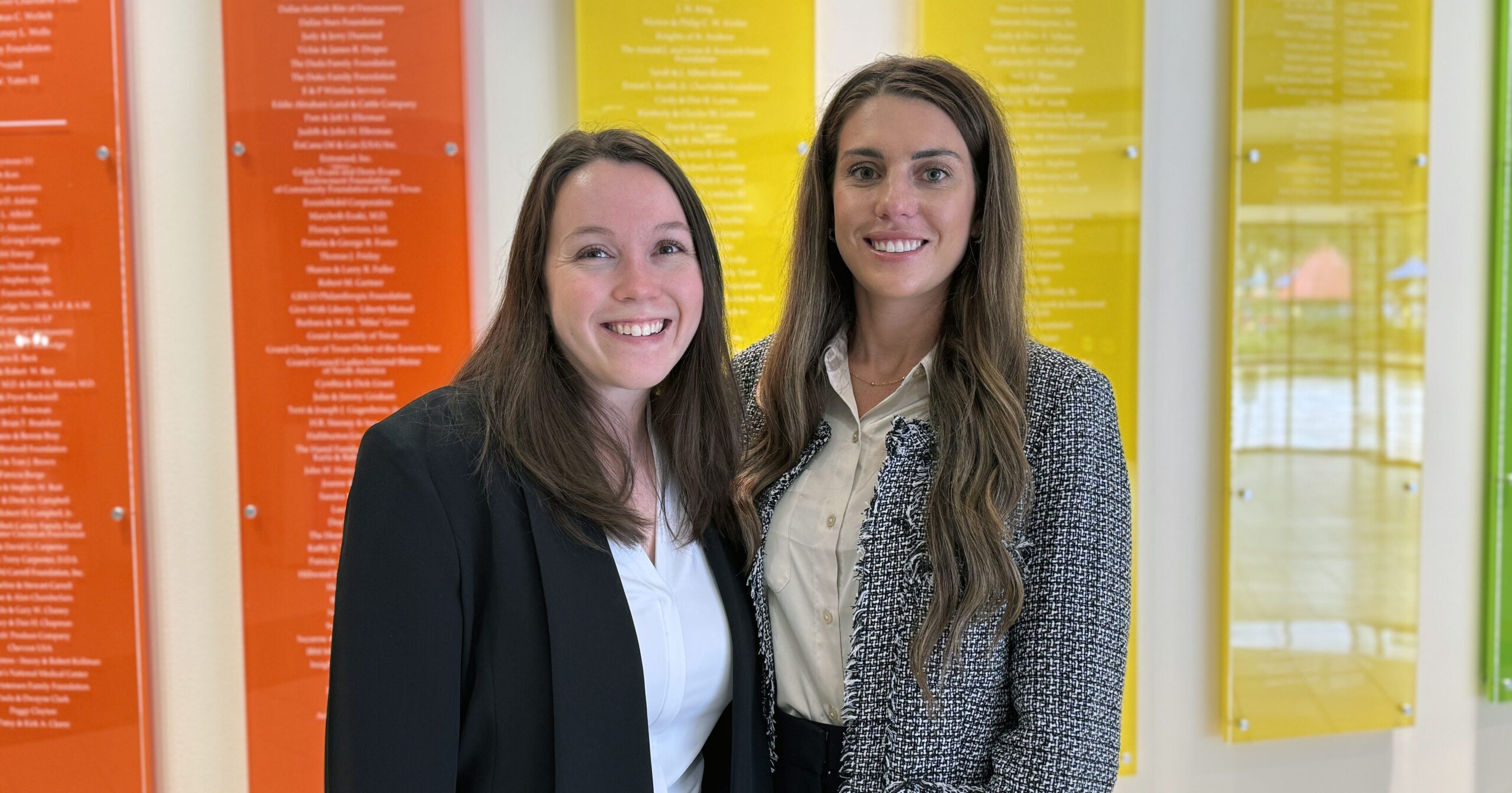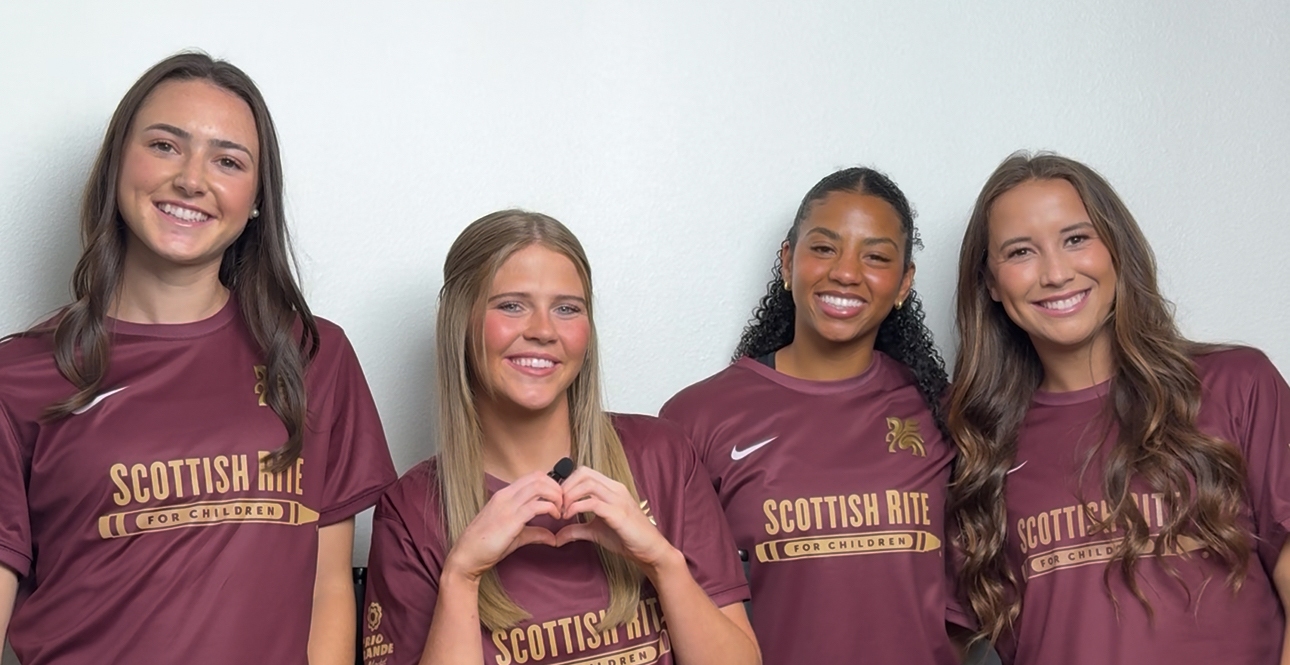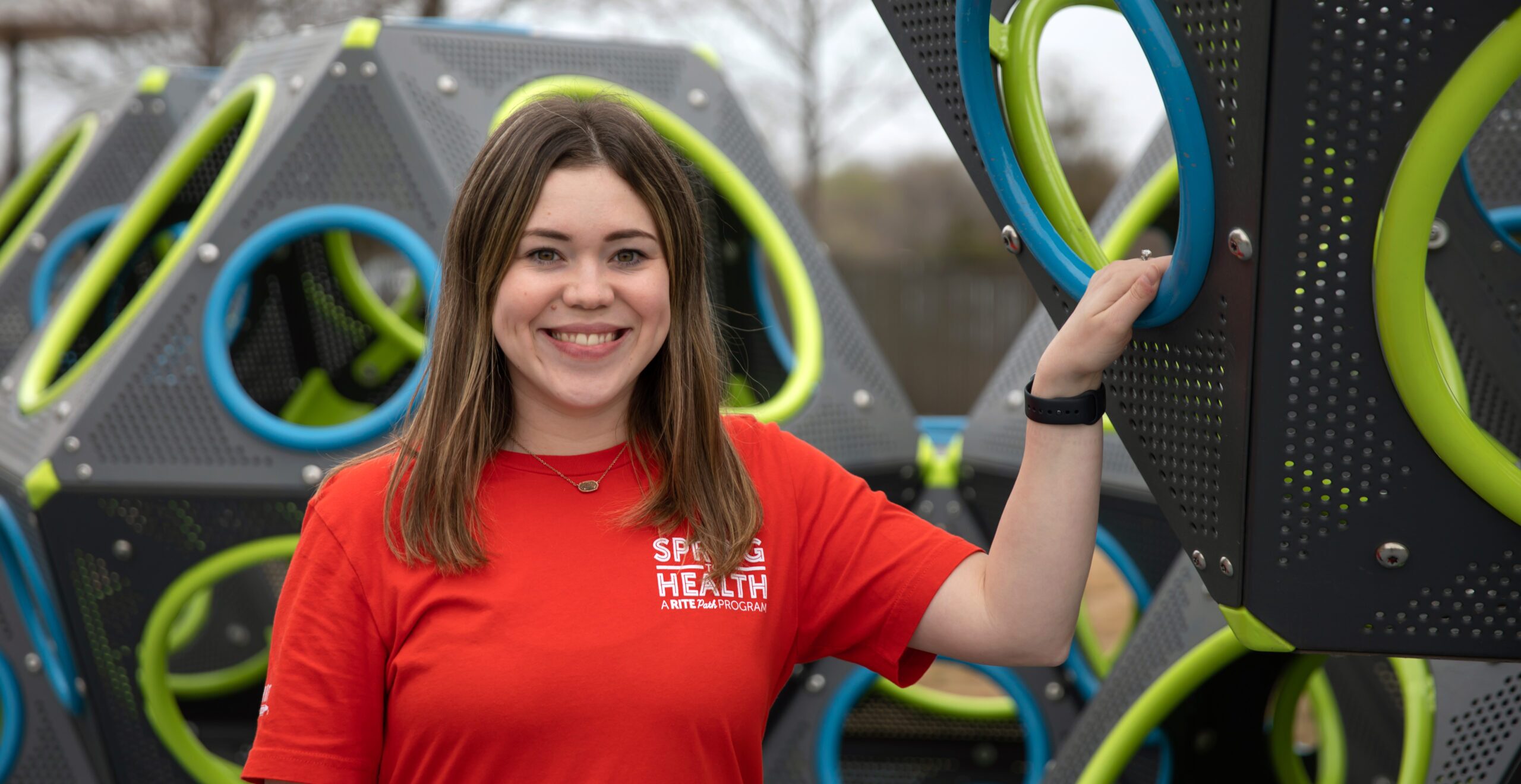Limb Differences
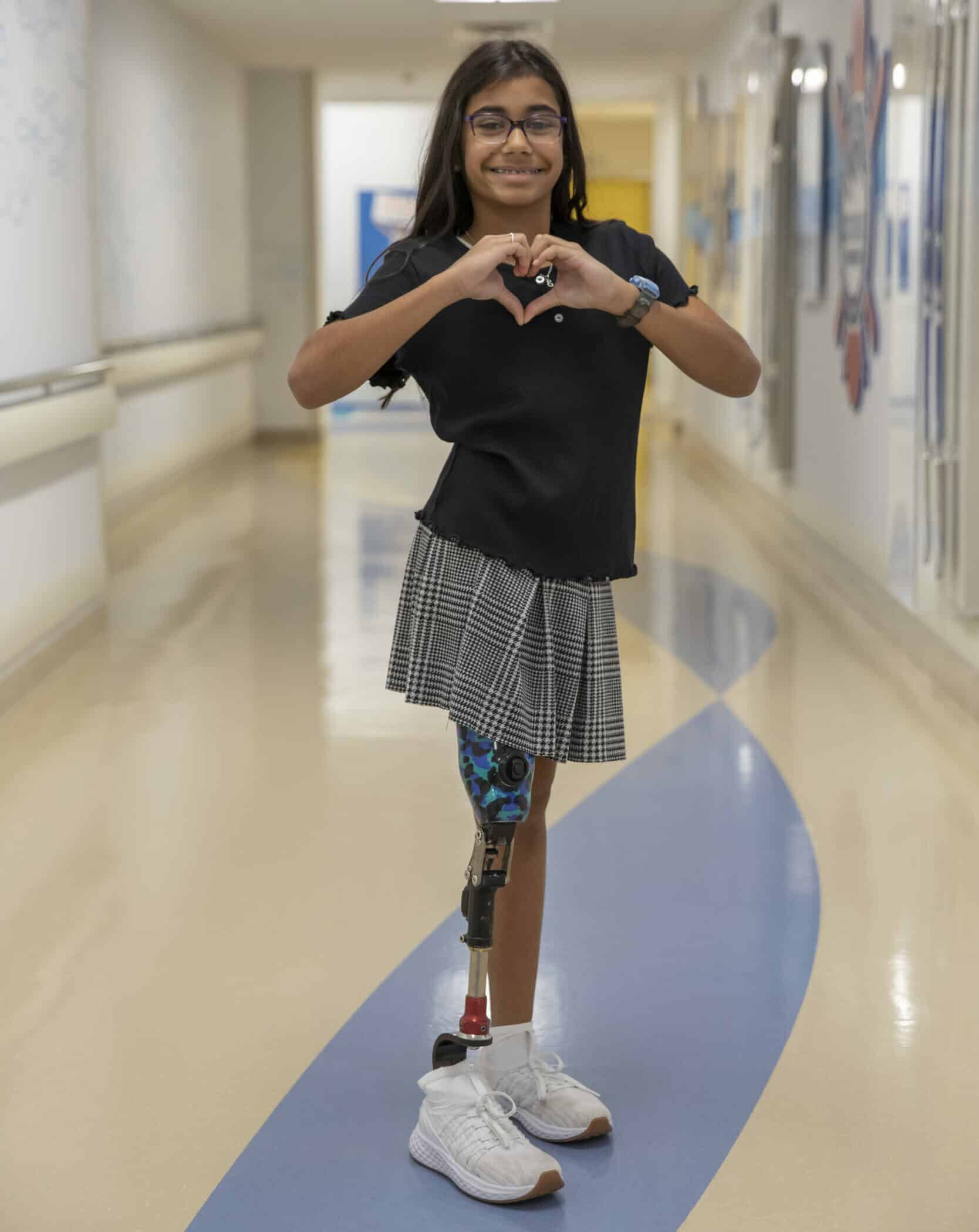
What is a limb difference?
A limb difference is a condition where there is a variation in the development or appearance of an arm or leg. This can result in differences in limb length, shape or function. Limb differences can occur for a variety of reasons, including genetic factors, atypical development and injuries. Limb differences can range from very mild to very severe and can affect one or more limbs.
A congenital limb difference is a condition where a child is born with a variation in the development or appearance of an arm, leg, fingers or toes. This variation can range from mild to severe and can involve one or more limbs, including, arms, legs, fingers, or toes that are missing, not fully formed or formed differently.
ABOUT LIMB DIFFERENCES
Congenital limb differences are caused by factors that disrupt normal limb growth during fetal development, resulting in the absence, malformation or underdevelopment of a limb. These factors can be genetic or environmental in nature, or a combination of both. Some of the known causes of congenital limb differences include:
- Genetic factors: Some congenital limb differences are caused by genetic mutations or inherited conditions. For example, certain gene mutations can cause limb malformations, such as tibial hemimelia. In most cases, there is no known genetic cause of the congenital limb difference.
- Amniotic band syndrome: This is a rare condition where fibrous bands in the amniotic fluid become entangled around fetal limbs, restricting normal limb development. In some cases, the condition may only cause a minor difference in a finger or toe, but in others, it can cause full amputation of the limb while in utero.
- Unknown factors: In some cases, the specific cause of a congenital limb difference may not be known. Conditions such as femoral deficiency and fibular hemimelia are included in this category.
- Traumatic injuries
- Infections
- Tumor(s)
- Vascular diseases
- Conditions affecting the bone’s formation and growth
A limb difference can be diagnosed through a physical examination by a health care provider. The provider will typically evaluate the appearance and function of the affected limb, as well as assess any related symptoms or medical history. Additional diagnostic tests may be ordered to help determine the underlying cause and extent of the limb difference. X-rays, ultrasounds or magnetic resonance imaging (MRI) can provide detailed images of the affected limb and help identify any structural abnormalities.
Treatment for a limb difference depends on the type and severity of the condition and the individual’s specific needs and goals. Some common treatments may include:
- Assistive devices: Assistive devices, such as prosthetics, orthotics or adaptive equipment, can help children with limb differences to improve their mobility, independence and quality of life.
- Surgery: In some cases, surgery may be recommended to correct or improve the appearance or function of the affected limb. This may include procedures such as lengthening or shortening bones or correcting joint or muscle abnormalities.
- Physical therapy: Physical therapy can help children with limb differences to improve their range of motion, strength and coordination.
- Occupational therapy: Occupational therapy can help individuals with limb differences to develop skills and strategies to perform daily activities such as dressing, eating and writing.
- Psychological support: Living with a limb difference can be challenging, and children may benefit from psychological support and counseling to address any emotional or psychological concerns.
It is important to note that every child is unique, and the treatment for a limb difference will be tailored to their specific needs and goals. A team approach involving health care providers, therapists and other specialists can help children with limb differences to achieve their top potential and live full, active lives.
Latest news: Limb Differences
How Healing Sparked Jasmine’s Future In Medicine
What begins as a chapter of healing can sometimes become the foundation for a lifelong calling. For some patients, like Jasmine, the care they once received becomes the very reason they find…
Frisco Style: When the Game Gets Too Big
By Monica Wallis In cities like Frisco, where the population has surged by over 77% in the last decade and sports are stitched into the community’s identity, the growth of youth athletics…
Two Fellows Begin Training in Pediatric Psychology Postdoctoral Fellowship
The Pediatric Psychology Postdoctoral Fellowship program proudly welcomes two fellows, marking the first time the program has hosted multiple fellows since its inception. The 2025 – 2026 fellows are Paige Mandas, Ph.D.,…
Scottish Rite for Children Announces World Champion Gymnast Skye Blakely as Its Health Care Ambassador
Scottish Rite for Children proudly welcomes Frisco’s own Skye Blakely, world champion gymnast and former patient, as its newest ambassador. Blakely will use her journey as an elite athlete to help spotlight…
Scottish Rite for Children Launches Partnership With Dallas Trinity FC
Scottish Rite for Children has been named the official pediatric healthcare partner of Dallas Trinity FC. In collaboration with UT Southwestern Medical Center, Scottish Rite is the official front-of-kit sponsor. This multi-year…
Get to Know Our Staff: Katie Hayward, Child Life
What is your job title/your role at Scottish Rite?I am a child life specialist. I help prepare patients for procedures and offer support by encouraging them to utilize the coping skills they…
Lyda Hill Philanthropies Awards Scottish Rite for Children $1 Million to Study ACL Injury Prevention in Young Female Athletes
Groundbreaking studies will address the ACL epidemic in active adolescent females by using movement science Movement science researchers at Scottish Rite for Children have received a $1 million grant from Lyda Hill…
Healing More Than a Hip: Pierre Spreads Compassion After Perthes Disease
Riding a bike is a rite of passage in childhood — a symbol of freedom and fun. For 8-year-old Pierre, gliding through his neighborhood in Michigan was a favorite pastime. But one…
Adaline’s Courage Outpaces Stiff Skin Syndrome
The motto 14-year-old Adaline follows is to live life to the fullest. “That’s what I try to do with every activity I have the ability to do,” she says. Adaline’s courage grew…
Get to Know Our Staff: Shannon Woods, Orthopedics
What is your job title/your role at Scottish Rite?I am a medical assistant. I am the person who takes the patient’s vitals, obtains their medical history, removes any splints, updates their chart…




